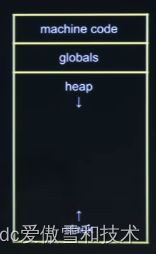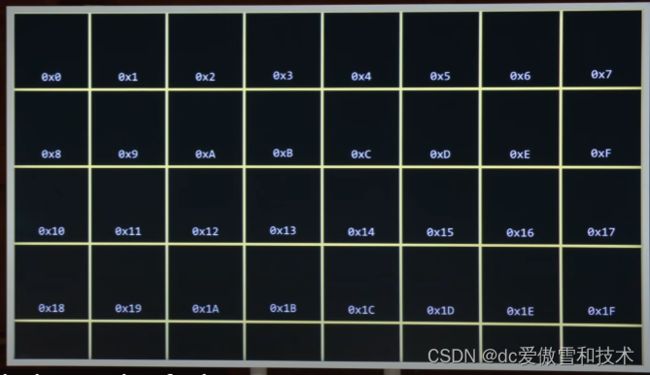CS50x 2024 - Lecture 4 - Memory
00:00:00 - Introduction
00:01:01 - Pixel Art
将从更低的层面来了解计算机的工作原理
00:06:57 - Hexadecimal 16进制
00:14:23 - Memory
00:21:43 - Pointers
指针实际上只是一个地址,某个变量的地址
#include 如果是8个可以数的更高
00:30:43 - Strings

string 实际上是char*
几十年前,没有决定创建一个名为string的实际数据类型,字符串实际上只是第一个字符的地址
#include 在cs50的头文件中,有
typedef char *string;
以这种方式使用自定义数据类型
00:48:27 - Pointer Arithmetic
首先引入数组语法,是因为他是语法糖
00:52:05 - String Comparison
#include 01:04:52 - Copying
malloc采用一个参数,即希望为您查找的字节数,并返回该内存块的地址.
如果malloc返回null,则说明没有足够的可用内存
free与malloc相反,用完内存后需要还给操作系统
NULL只是一个地址,实际就是地址零来表示错误
#include 01:16:49 - malloc and Valgrind
valgrind:检查内存的使用情况
01:24:11 - Garbage Values
01:29:10 - Pointer Fun with Blinky
01:32:00 - Swapping
#include 
如果按值传递不能成功,要通过引用传递(passing by reference)
01:46:27 - Overflow
01:49:36 - scanf
segmentation fault 分段错误:意味着和内存相关的问题出现了,这些内存段不属于你,没有为其分配空间,例如通过数组甚至通过malloc
02:02:11 - File I/O
csv文件,是一个轻量级的电子表格
每次函数返回指针时,应该检查它是否为空,如果是,根据文档应该退出
#include



